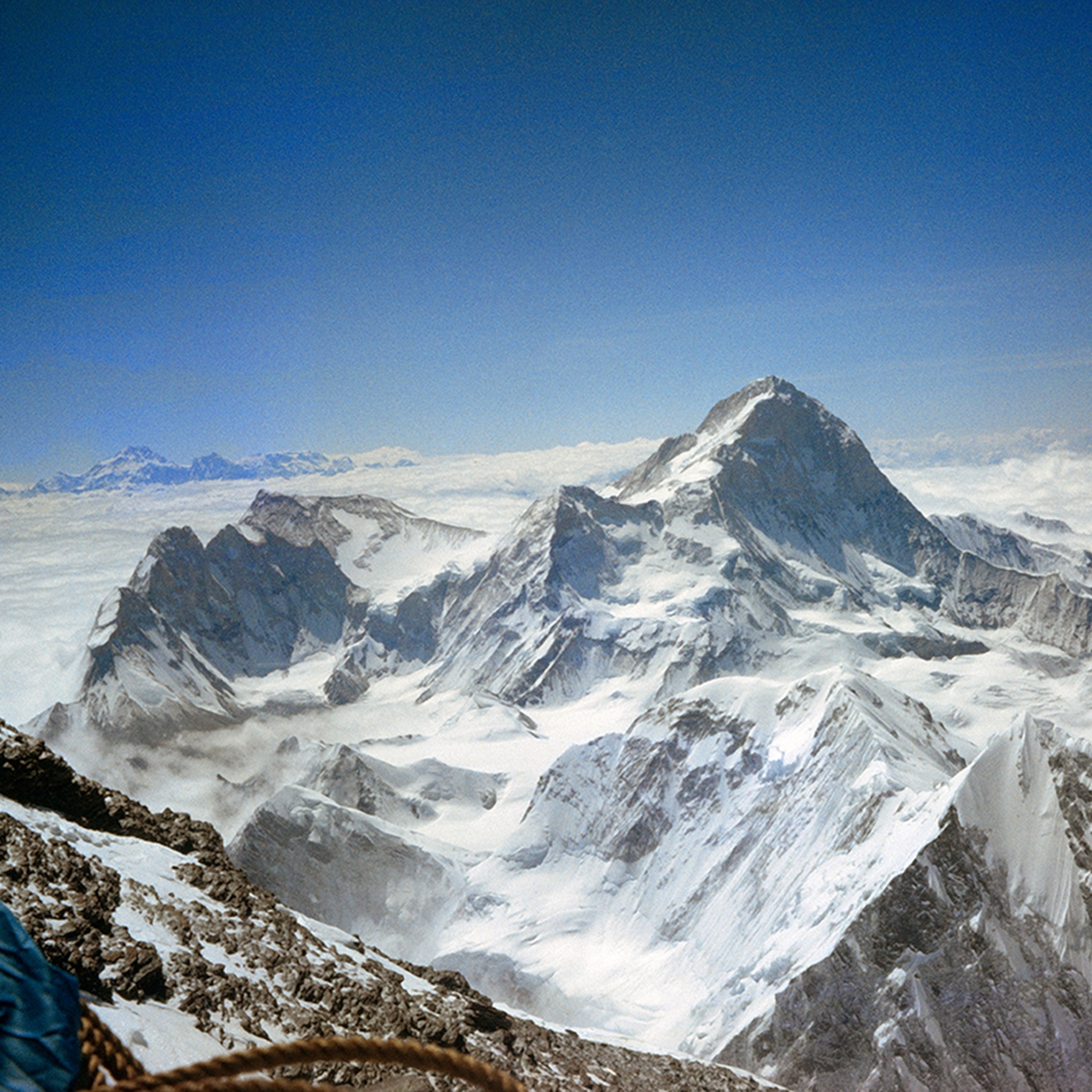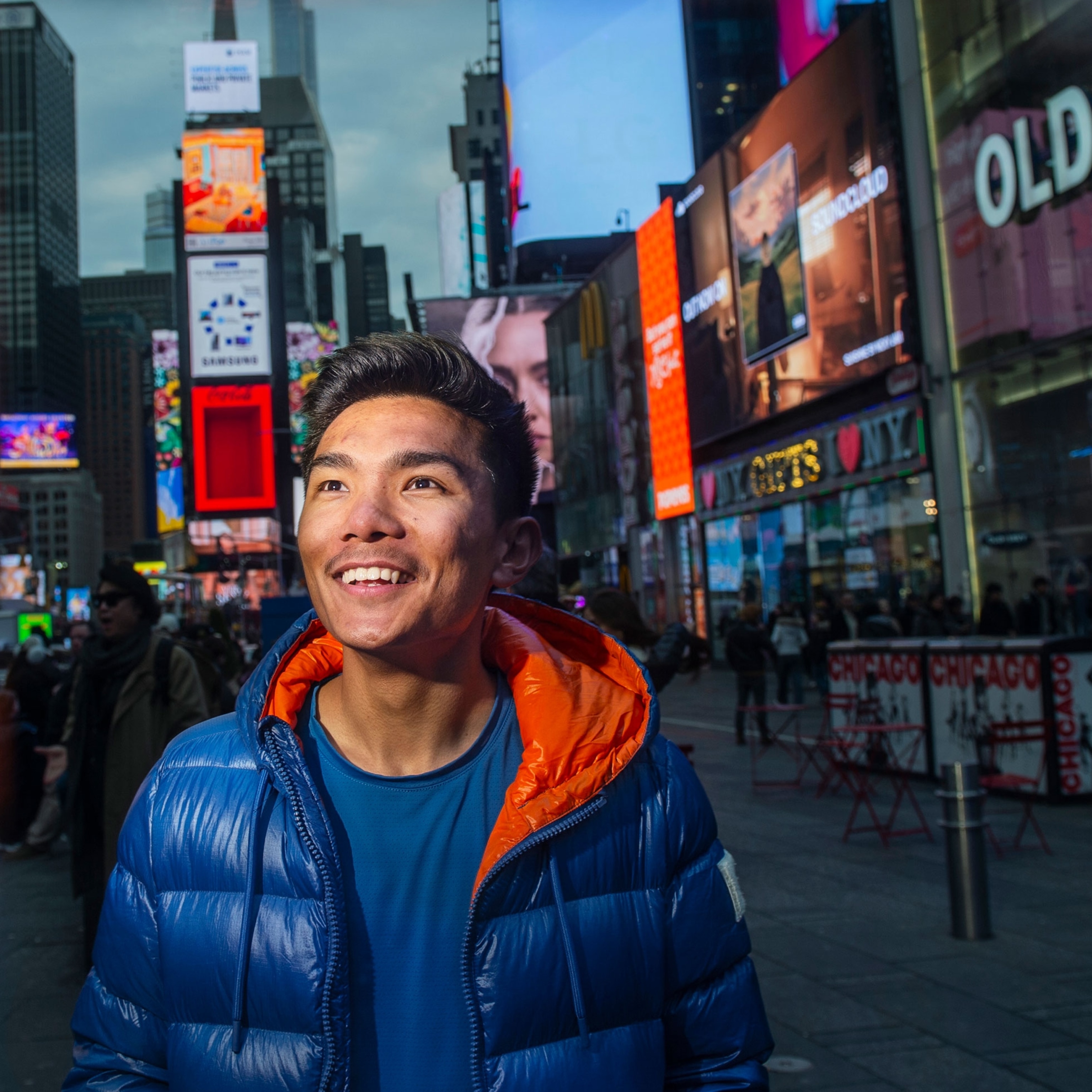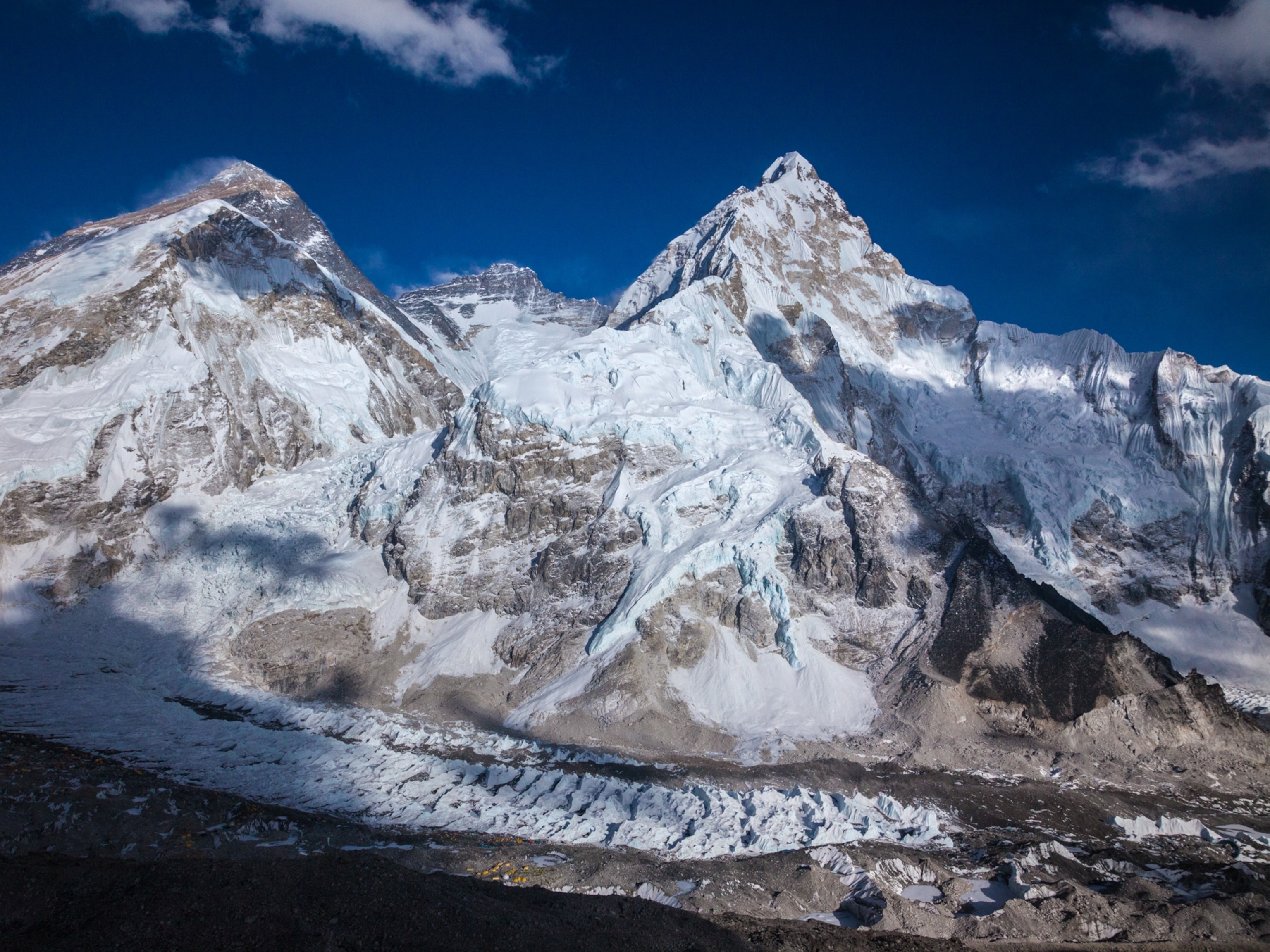
Is K2 the Next Everest?
This season more climbers than ever will attempt to summit the world’s second tallest peak, which is more difficult and dangerous than Everest.
Far north in the Karakoram Range of Pakistan, an uncertain future is brewing.
Processions of climbers, Sherpas, and Pakistani porters are currently making the arduous weeklong pilgrimage to Base Camp on the Baltoro Glacier to commence the 2016 climbing season on K2 in numbers that will test the mountain’s capacity like never before.
The world’s second highest peak has garnered numerous monikers over the years—the Savage Mountain, the holy grail of mountaineering, and the mountain of mountains—none of which are hyperbole. Climbers face 11,000 feet (3,353 meters) of sustained technical climbing on rock, snow, ice, and scree—and, historically, one in four die in the attempt.
The spectacularly jagged topography of the Karakoram Range, the mountain’s merciless reputation, and the elusive nature of success on the peak all contribute to its allure as a coveted climbing objective. It’s this allure that guiding services are increasingly capitalizing upon.
In 2016, more than 110 foreign climbers, guides, and porters will attempt the Abruzzi Spur, the main route up the southeast ridge of K2. To put that in perspective, there have been less than 400 summits in the entire history of K2, whereas on Everest in the 2016 season alone, close to 600 climbers were projected to have summited (although the final number is still being tallied).
Garrett Madison, president and founder of Seattle’s Madison Mountaineering, led the first successful commercial expedition to the summit of K2 on July 27, 2014. His team’s experience and technical competency set the bar high for any commercial service currently operating in the Karakoram, but he has concerns that not all guide services and clients who are coming to K2 this year are as prepared.
Legendary mountaineer Ed Viesturs, the first U.S. citizen to climb all 14 8,000-meter (26,000-foot) peaks, said that “the ‘savageness’ is what we project onto it, as if we blame the peak for our own misadventures on it.”
Madison’s words echoed this sentiment with wary, tempered optimism as he spoke to National Geographic Adventure en route to Base Camp this week.
What has changed since your first expedition in 2014 in terms of the number of climbers on the mountain and the infrastructure in place?
There's at least double the number of climbers this year, which is a little worrying for me because I don't think the route can handle congestion very well, nor can some of the camps. There are also some significant bottlen ecks on the route. In fact, one part of the route under the huge ice cliff near the summit is called the Bottleneck. Plus, additional climbers increase the chance of accidental rockfall onto climbers below.
Also, some of the teams that we've seen are very underprepared. We're a very highly supported team; our ratio of Sherpas to climbers is the highest here, and we've got very skilled, competent climbers and guides with lots of experience on 8,000-meter peaks. And there are some expeditions here that don’t, and I'm worried for them and that things could get complicated.

On K2, like on Everest, the highly supported, well-established, and experienced teams all cooperate together and contribute to the rope-fixing and rescue efforts, while the inexperienced, less supported teams usually do their own thing. Our team will probably do the majority of the rope fixing and then everybody else will probably use it. This is another element that plays into our climbing strategy. Do we summit after we fix ropes, or wait for the crowds to pass? So there are a lot of scenarios that will have to play out.
What’s your perspective on the commercialization of climbing on a dangerous, technical peak such as K2?
Commercial climbing supports the local economy and also brings more foreigners to Pakistan to experience the culture and environment—and hopefully improve relations with the country. The local people are very friendly and happy to see us bringing jobs and spending money in their hotels and restaurants. K2 is also just one of four 8,000-meter peaks in the vicinity, along with Broad Peak and Gasherbrum I and II. Each of these peaks are all supporting commercial expeditions this season.
On the other hand, K2 is a really serious mountain—more serious than Everest in some respects—and climbers whose ambitions don’t match their experience, I think, can get in over their heads very quickly and also compromise other climbers on the mountain. There's no stopping commercialization, but for the climbers it does complicate things. So we just have to be careful and strategic about when we climb in the face of a lot of unknowns.
So why did you start guiding on this mountain?
I always wanted to climb K2, and I thought I could find a few other climbers who wanted to join me, so why not do it as a guided trip the first time. I also feel like running a commercial expedition at a very high standard—with [Nepali] Sherpas who I've worked with many times before on Everest and other 8,000-meter peaks, ample oxygen, and the ability to fix lines—that this was the smart and safe way to climb the mountain. It really is a spectacular mountain—we actually had our first glimpse of it today on our trek to Base Camp. We’re really lucky to have the opportunity to climb it.
What's your outlook for commercial climbing on K2?
I expect K2 will continue seeing increased climbers because it's a very highly coveted peak. And the more people that have been here and had successful climbs, the more people will feel reassured that they too can also come and have a similar experience. So it will be very interesting to see how that plays out in terms of management of the mountain into the future.

What do climbers face on the main route up K2 compared with, say, the South Col on Everest?
From a technical standpoint, K2 is much steeper and sustained throughout. So you have to be proficient climbing steep snow, ice, and rock on fixed lines with crampons and ascenders. Over the past few years, a lot of the fatalities on K2 have occurred where climbers didn't have fixed lines or weren't managing them properly, so when they fell they weren't able to stop themselves. On Everest, most of the time it's not so steep that if you fall you're going to continue down the mountain. At some point you can generally arrest your fall.
In terms of the terrain, there is rockfall hazard until Camp 2, which is pretty serious—one of our Sherpas last year got hit by a rock and broke his arm. There is avalanche hazard at Camp 3 if there's new snow. And then above Camp 4 there's the big serac that you have to climb under, which presents icefall hazards. So there's very significant objective risk, which is manageable but unpredictable.
- National Geographic Expeditions
The camps look pretty precarious too.
Yes, Camp 1 and Camp 2 are very small setups with steep terrain right out of camp, so we really just get into our tents and stay there!
What is the local support like?
For our five clients, we have two guides—myself and Shinji Tamura—six [Nepali] Sherpas that are flown over for our expedition, and four Pakistani high-altitude porters that will be assisting on the mountain, along with hundreds of porters that are just helping get us to Base Camp. The Pakistani high-altitude porters are fairly skilled and very strong, but far less experienced than the Nepali Sherpas, who bring years of experience on multiple expeditions each year in the Himalaya. So we rely on the locals to carry loads up to our high camps, while the Nepali Sherpas fix ropes, are responsible for some technical climbing, and support us on summit day.
You had never been to K2 before the 2014 summit. Can you describe the experience of leading an expedition on a peak you’d never climbed before?
Guiding a peak that I've never been on before is a lot of fun for me because everything is new. There is a lot of problem solving along the way, but mountains are all very similar in some respects and different in others. By the time I went to K2 in 2014, I'd probably led at least 15 8,000-meter-peak expeditions, and a lot of the preparation, logistics, and strategy that went into those expeditions can be transferred from one mountain to another.
In 2014, we also got lucky with good weather and a strong team. We had a beautiful day all to ourselves above the clouds up on the summit and a really wonderful experience. We are really lucky to have the opportunity to climb this magnificent mountain again.
Madison Mountaineering will be documenting the K2 season on Instagram at @madisonmtng.







